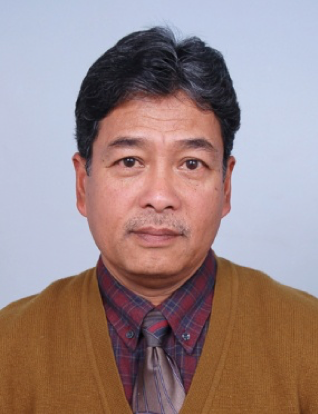
Greetings, I am Ramesh Tuladhar, focal point and coordinator for Disaster Risk Reduction (DRR) Thematic Committee of Community of Evaluators in Nepal (COE-Nepal). I am a professional geologist with experience in disaster risk management, monitoring, and evaluation. I am currently engaged as the monitoring and evaluation consultant of the Pilot Project on Climate Resilience (PPCR) implemented by the Department of Hydrology and Meteorology, Government of Nepal.
Lessons Learned: Eighty-seven out of 192 (45%) United Nations member states responded to the Sendai Framework Data Readiness Review in 2017. This proportion suggests that more stakeholders from member states, and also non-member states, may consider learning about and contributing to the Sendai Framework, which includes four priorities for action, to help improve effectiveness and sustainability of DRR interventions.
Hot Tip:
- United Nations Office for Disaster Risk Reduction provides information about the global progress of the Sendai Framework.
Rad Resources: To learn about the progress of DRR in Nepal, please visit:
The American Evaluation Association is celebrating Disaster and Emergency Management Evaluation (DEME) Topical Interest Group (TIG) Week. The contributions all this week to aea365 come from our DEME TIG members. Do you have questions, concerns, kudos, or content to extend this aea365 contribution? Please add them in the comments section for this post on the aea365 webpage so that we may enrich our community of practice. Would you like to submit an aea365 Tip? Please send a note of interest to aea365@eval.org. aea365 is sponsored by the American Evaluation Association and provides a Tip-a-Day by and for evaluators.
